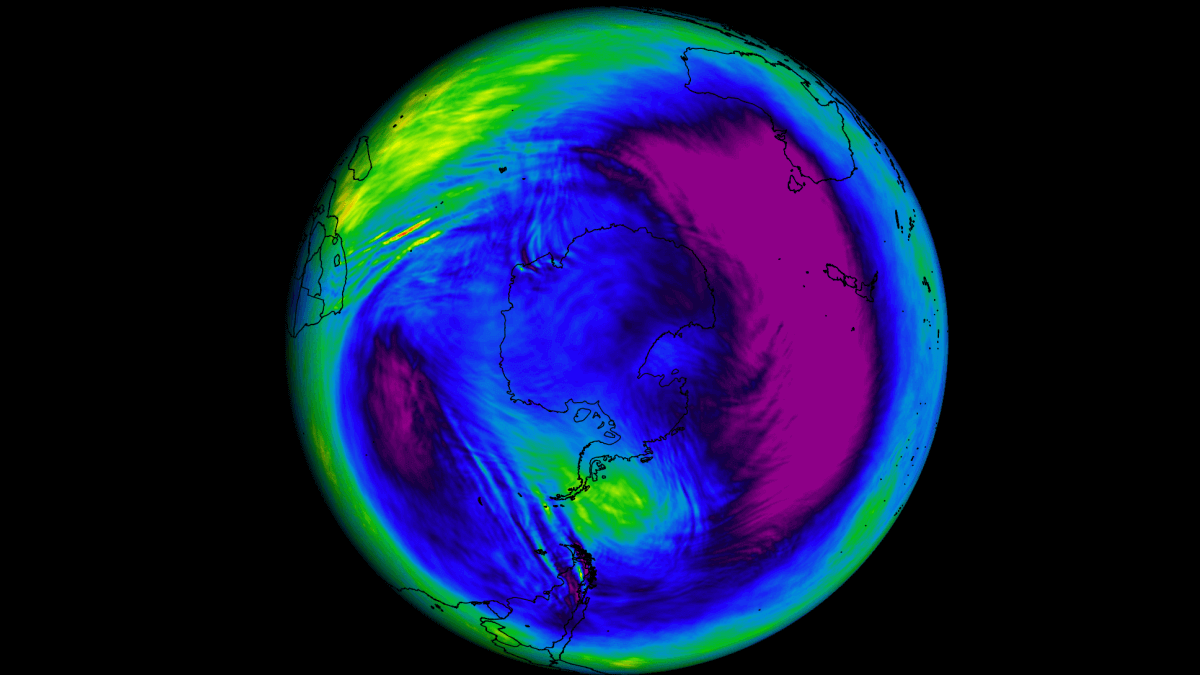by Marc Morano, Oct 2, 2022 i
Climate Depot Special Report
The United Nations revealed that they “own the science” of climate change and they have manipulated Google search results to suppress any climate view that deviates from UN claims. Melissa Fleming, the Under-Secretary for Global Communications at the United Nations made the remarks at a World Economic Forum ‘Tackling Disinformation’ event on September 29, 2022 titled “Sustainable Development Impact Meetings 2022.”
Melissa Fleming: (Full Video) “We partnered with Google. For example, if you Google ‘climate change,’ you will, at the top of your search, you will get all kinds of UN resources. We started this partnership when we were shocked to see that when we Googled ‘climate change,’ we were getting incredibly distorted information right at the top. So we’re becoming much more proactive. We own the science, and we think that the world should know it, and the platforms themselves also do. But again, it’s a huge, huge challenge that I think all sectors of society need to be very active in.” (Full transcript here)
As I wrote in my book, The Great Reset, “the public health bureaucracy and the ‘climate community’ have become political lobbying organizations, and they are using ‘The Science’ to support their preferred policies—policies that dovetail with the Great Reset and advance the power of the administrative state.”
…
…






